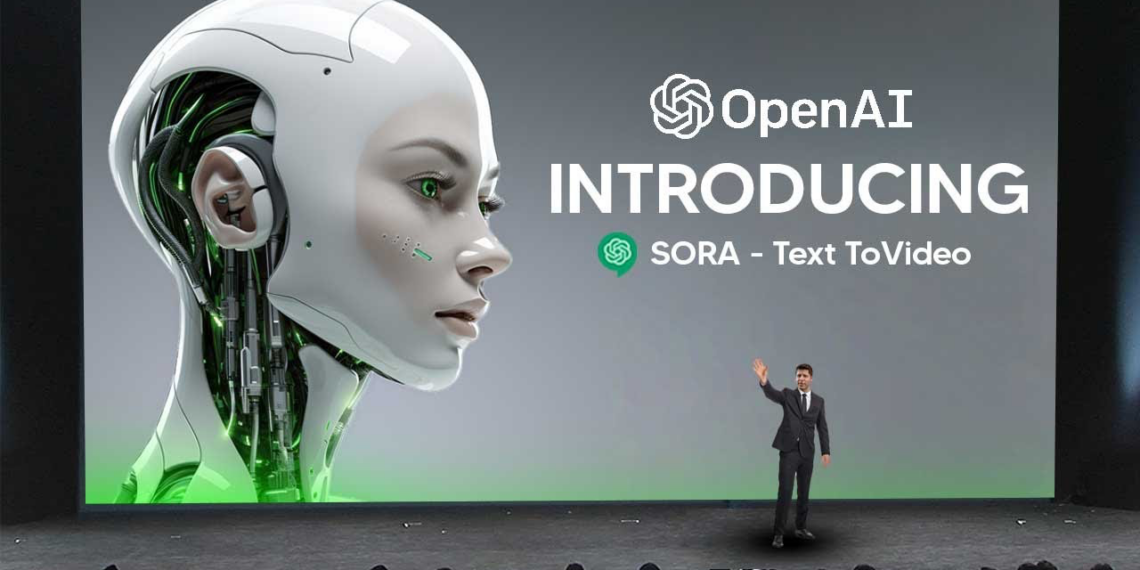OpenAI has added another innovation to its artificial intelligence creations with the release of Sora, a new text-to-video model capable of generating high-quality, detailed videos based on simple text prompts.
This innovative technology will be highly useful across various fields, including filmmaking, animation, education and product design. But before we get carried away, let’s check out Sora’s capabilities and limitations.
Imagine describing a busy city with neon lights and varying characters, and Sora brings it to life in a 60-second video. Or picture a cat waking up its owner for breakfast – Sora can handle diverse scenes with complex elements and emotions.
Its understanding of language allows it to interpret prompts accurately and create interesting characters, even within single videos.
While interesting, Sora isn’t without issues. Challenges lie in simulating complex physics, grasping cause-and-effect relationships, and maintaining spatial accuracy. Imagine a cookie disappearing after a bite, or animals magically appearing. The model can also struggle with precise event descriptions and camera movements.
Recognizing these limitations, OpenAI prioritizes safety measures. Red teamers, experts in misinformation and bias, are rigorously testing the model. Detection tools like classifiers are being developed to identify Sora-generated content.
Existing safety methods for DALL-E 3, like text and image classifiers, are also being applied. OpenAI actively engages with policymakers, educators, and artists to understand concerns and explore positive use cases.







Comments 1